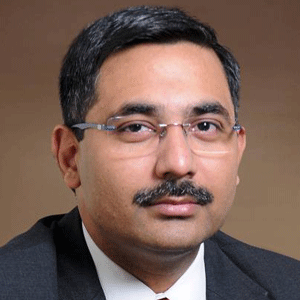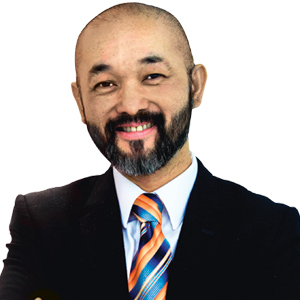THANK YOU FOR SUBSCRIBING
Editor's Pick (1 - 4 of 8)

Redefining the Future of Healthcare With Patient Intelligence
Cole Sirucek, CEO and Co-Founder of Docdoc


Cole Sirucek, CEO and Co-Founder of Docdoc
 From this perspective, the missing ingredient in creating a consumer-centric healthcare system is a deeper understanding of the problems consumers face in the consumption of healthcare by the payers. When payers begin to demand and pay for better customer service, the market will respond accordingly.
From this perspective, the missing ingredient in creating a consumer-centric healthcare system is a deeper understanding of the problems consumers face in the consumption of healthcare by the payers. When payers begin to demand and pay for better customer service, the market will respond accordingly.
Patients need access to relevant medical information and nonpartial medical professionals to help them understand the decisions they face and to navigate the medical landscape












